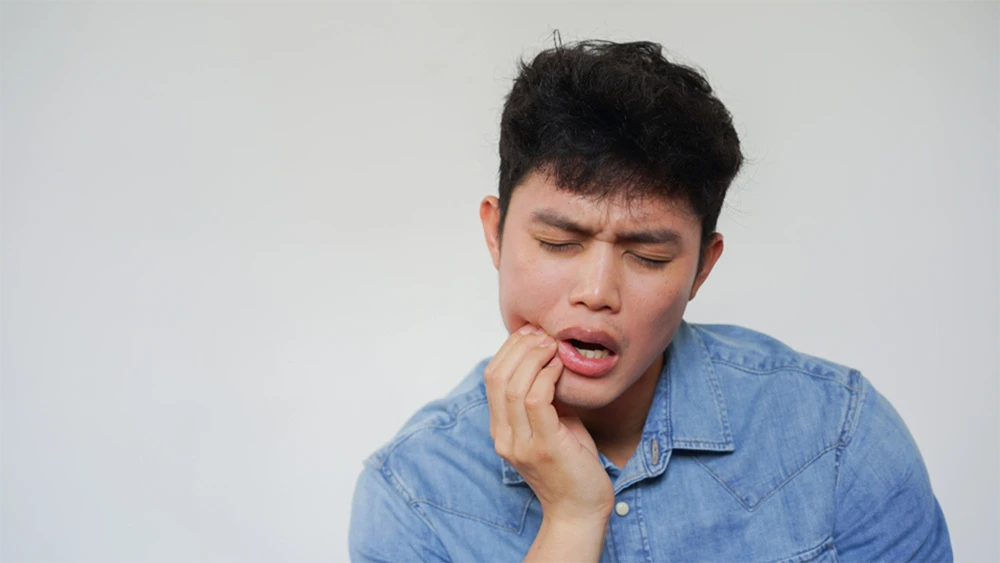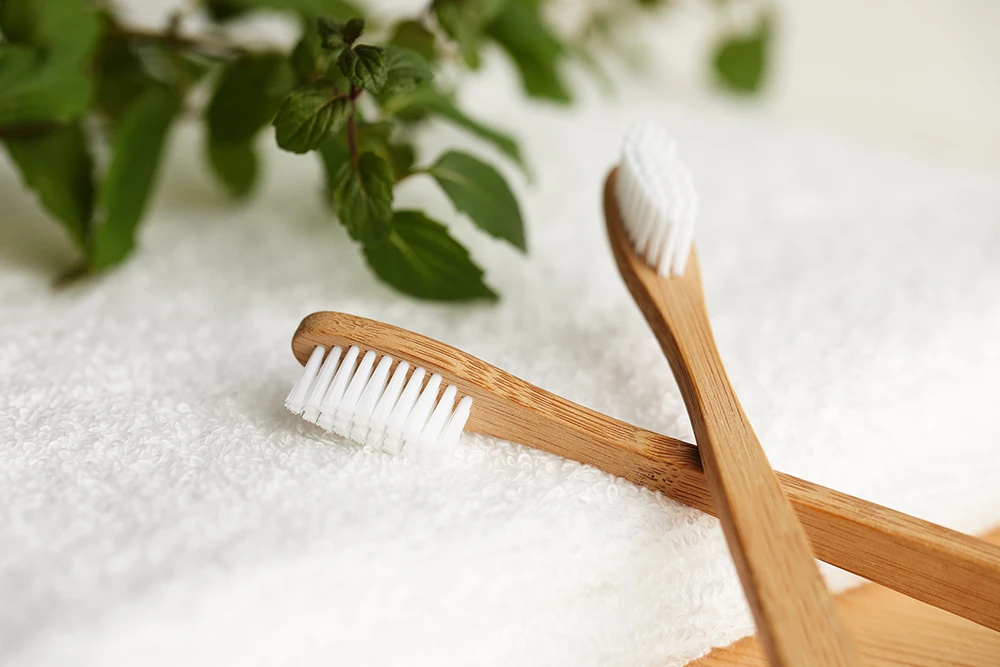Contributed by Dr Lynette Ng

We all love a sparkling clean smile, but if your teeth start feeling tender after a dental visit, it can be unsettling. Was the cleaning too aggressive? Is it normal? Should you worry? This article dives into the science behind post-cleaning sensitivity – and answers some of the most common (and overlooked) questions about tooth sensitivity.
1. Why do I get more sensitivity after teeth cleaning or gum treatment? Was the dentist too rough?
During routine cleaning, the dentist or hygienist cleans areas around the tooth below the gum line to help remove dental plaque, calculus, and bacteria. While this is great for improving gum health, it can also expose areas that were previously protected by buildup, leading to an increase in sensitivity. Don’t worry; this is temporary.
However, if the gums were inflamed or infected before the treatment (as in the case of periodontal disease), the root planing process described earlier can cause more noticeable sensitivity.
After gum treatment, your gums may need time to heal. As the gums heal and inflammation reduces, sensitivity should gradually subside. In severe disease, root surfaces may become exposed. This is because the loss of bone and gum is permanent. This is also why it is important to catch gum disease early through 6 monthly dental checks and start treatment as soon as possible. Delay causes more irreversible bone and soft tissue loss.
Treatments:
- Use Desensitizing Toothpaste: As mentioned earlier, desensitising toothpaste can help calm sensitivity over time.
- Avoid Acidic or Extreme Temperatures: For a little while after treatment, try to avoid very hot, cold, or acidic foods and drinks, as they can trigger sensitivity.
- Gentle Brushing: Use a soft-bristled toothbrush and brush gently to avoid further irritating the gums.
2. My dentist recommends a soft brush, but I prefer a hard-bristled toothbrush, as my teeth feel cleaner. Why are soft-bristled toothbrushes preferred?

Understandably, you might feel your teeth are cleaner with a hard-bristled toothbrush, but your dentist recommends a soft-bristled toothbrush to protect your teeth and gums in the long term. Here’s why soft-bristled toothbrushes are generally preferred:
- Preventing Gum Recession: Using a hard-bristled toothbrush and brushing too aggressively can, over time, cause your gums to recede, exposing the more sensitive root areas.
- Protecting Tooth Enamel: Hard bristles can wear down tooth enamel and cause micro abrasions or scratches. Once enamel is worn away, it doesn’t regenerate, and you could be left with teeth that are more prone to cavities, sensitivity, and discoloration.
A common misconception is that harder bristles clean better, but the effectiveness of brushing is more about technique than bristle hardness. Proper brushing technique with a soft-bristled brush can remove plaque more effectively and is less likely to damage or irritate the gum.
3. How does a desensitising toothpaste work?
Desensitising toothpaste contains active ingredients that help block or seal exposed dentinal tubules, preventing stimuli from reaching the nerves. Common ingredients in desensitising toothpaste that help are:
- Potassium nitrate: Reduces the activity of the nerves inside the tooth, calms the nerve endings in the dentinal tubules, reduces their response to temperature or touch, and reduces sensitivity over time.
- Strontium chloride: Seals the tubules, preventing sensations from traveling through them to the nerve.
- Calcium phosphates: Remineralises (rebuilds) the enamel and dentin. While these toothpaste formulas don’t necessarily replace enamel entirely, they help strengthen weakened areas and provide an effective barrier, making it less sensitive.
How Long Does It Take to Work?
Desensitising toothpaste typically needs to be used consistently for a few weeks to months to show noticeable results. Most people feel relief after about 1-2 weeks of regular use. Depending on the severity of the sensitivity, full effectiveness may take a little longer.
4. What is a proper brushing technique?
- Gentle, circular motions are key to effective brushing. Brush small segments of teeth at a time.
- Always angle 45 degrees towards the gumline.
- Don’t apply excessive pressure when brushing.
- Brush for two minutes, cleaning all areas, including the gumline and between teeth. Clean teeth should feel as smooth as glass when you run your tongue on them. Brush again the places that feel rough.
- Remember to brush your tongue and floss.
- If you ever feel unsure about your brushing habits, it's a good idea to discuss them with your dentist or hygienist. They can give you specific advice based on your oral health needs.
If you’re experiencing tooth sensitivity, visiting a dentist for an evaluation and treatment plan is a good idea. Dental treatment is often inexpensive. It is the delay that results in more complicated treatment and costs.



